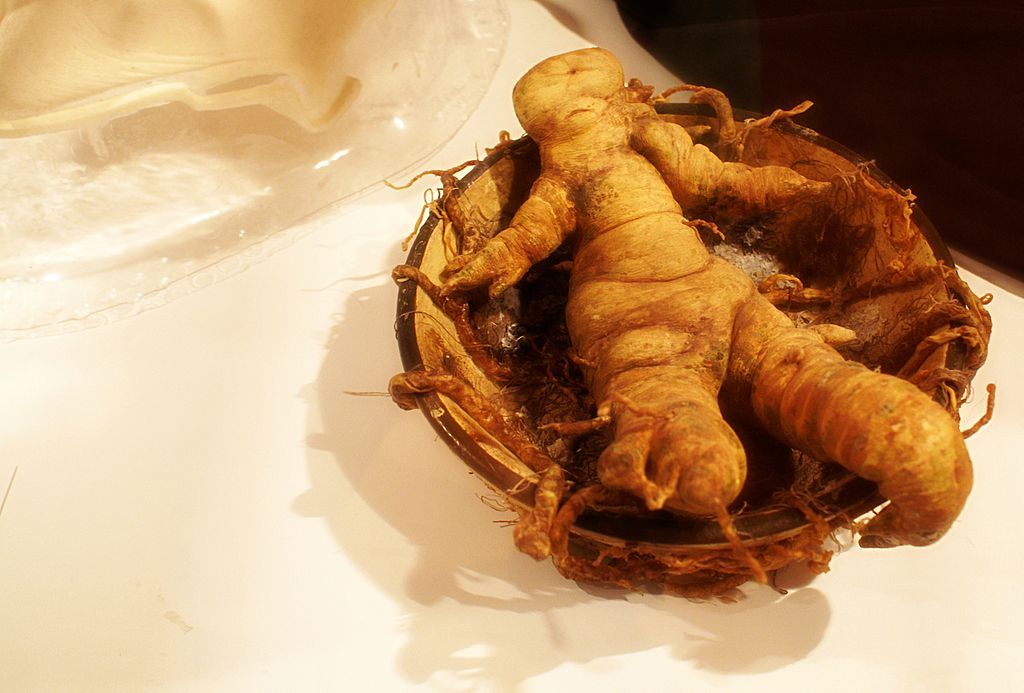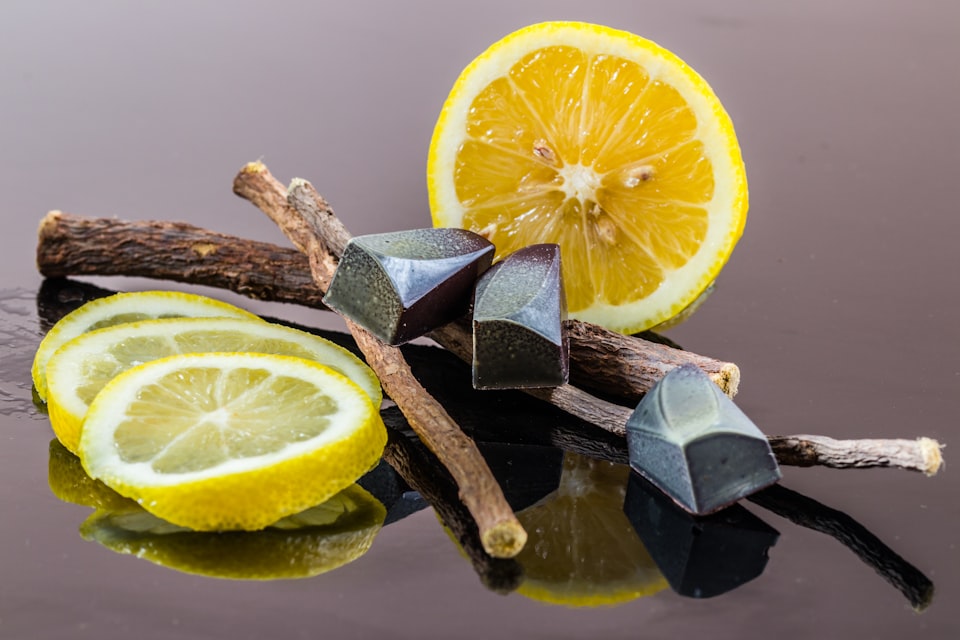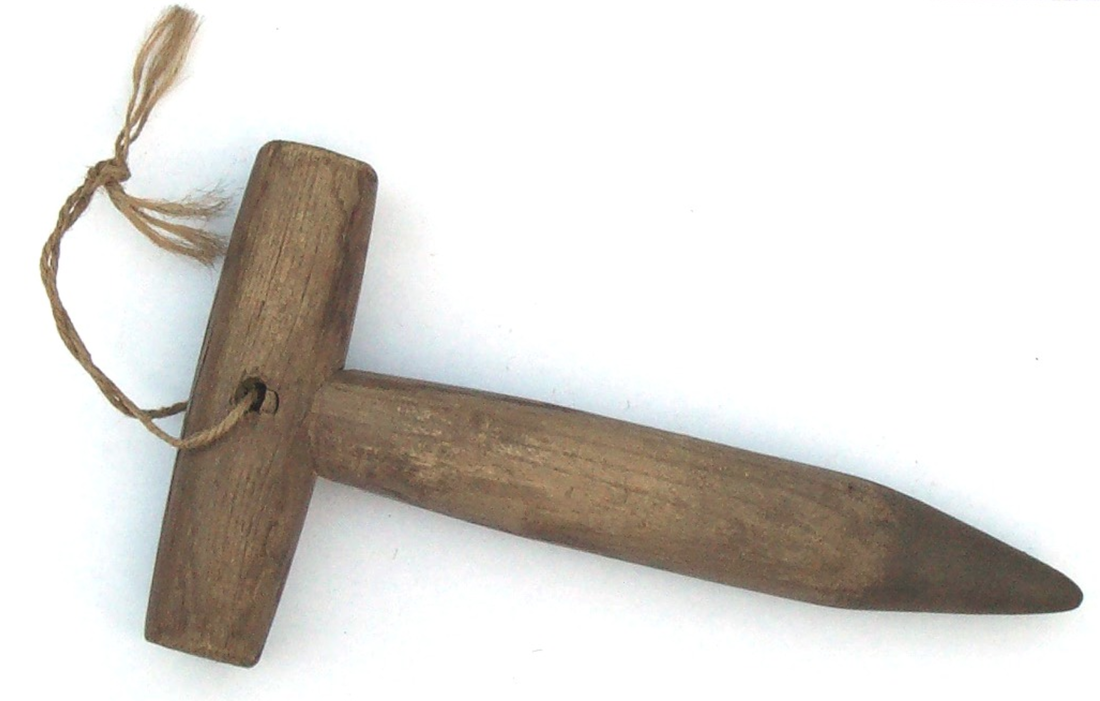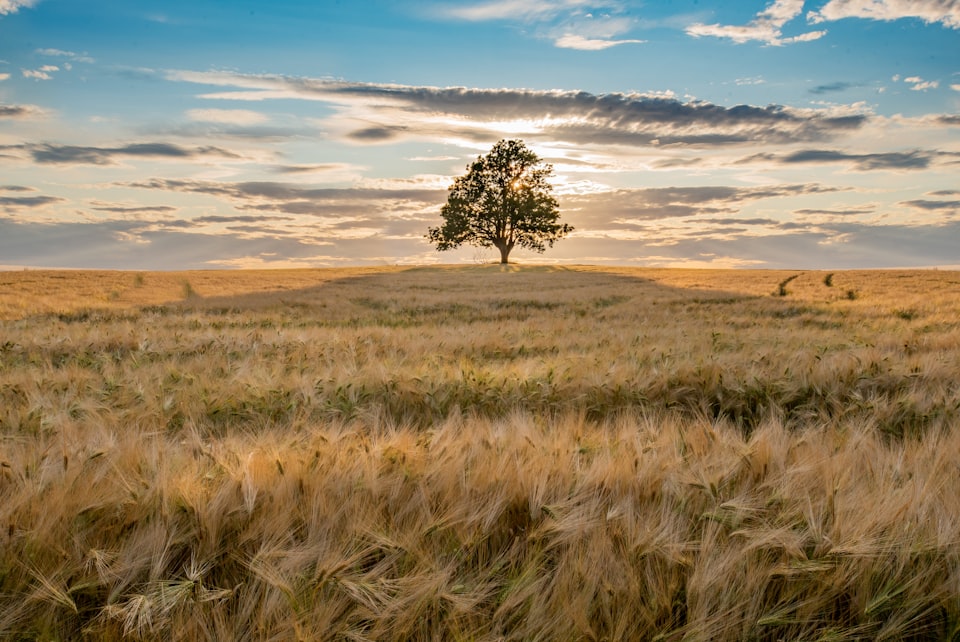I: Mandrake
A cookbook of spells using mandrake root.

Good morning. Today is primidi, the 21st of Ventôse, Year CCXXXI. We celebrate la mandragore, a nightshade with a witchy root.
Let's set aside the silliness of Hanky Pottsman and the Wailing Parsnips. The screaming myth wasn't broadly held and much less a part of mandrake's rich history than its medicinal use. It was part of the most widely used anesthesia in Europe before ether was developed (the other main ingredient was opium), and called the "love root" in Hebrew for its supposed aphrodisiac powers.
The screaming thing was invented by herbalists who were trying to stave off a run on mandrake foraging, saying that people who plucked them would be condemned to hell or killed on the spot, and suggesting the only safe way to do so was to tie a rope around a dog's neck and let the dog haul it out for you while you ran away. This, it was said, was going to kill the dog, establishing the cost of one mandrake root as equivalent to one best friend. This let witches harvest mandrake roots in peace, without having all those love-hungry, hallucinogen-chasing peasants compete with them.
Let's make a little cookbook of ways witches used mandrake to cast spells:



